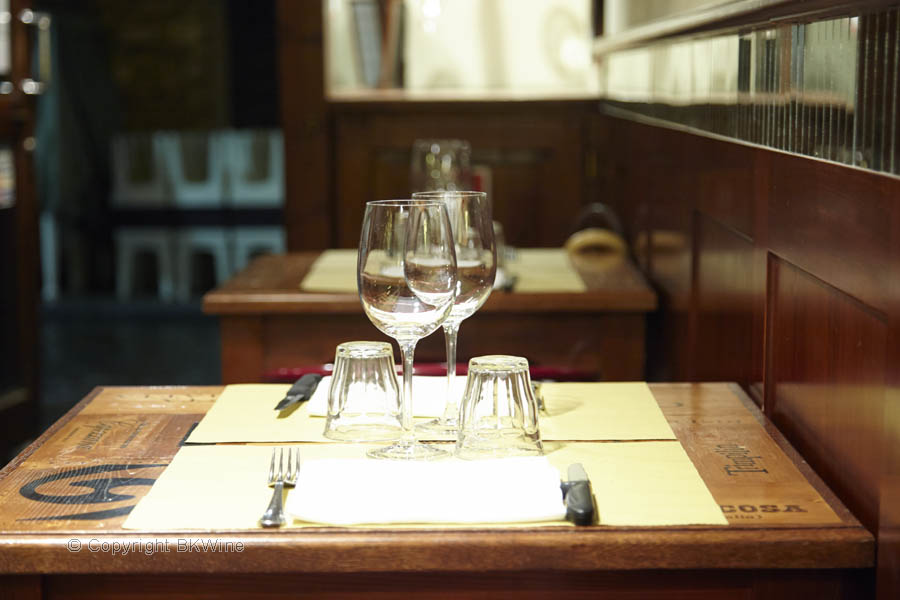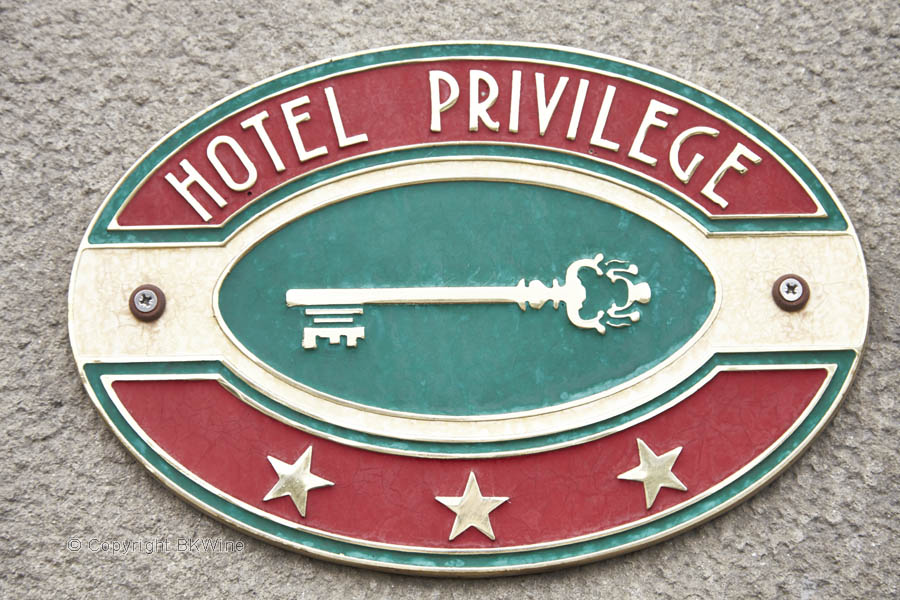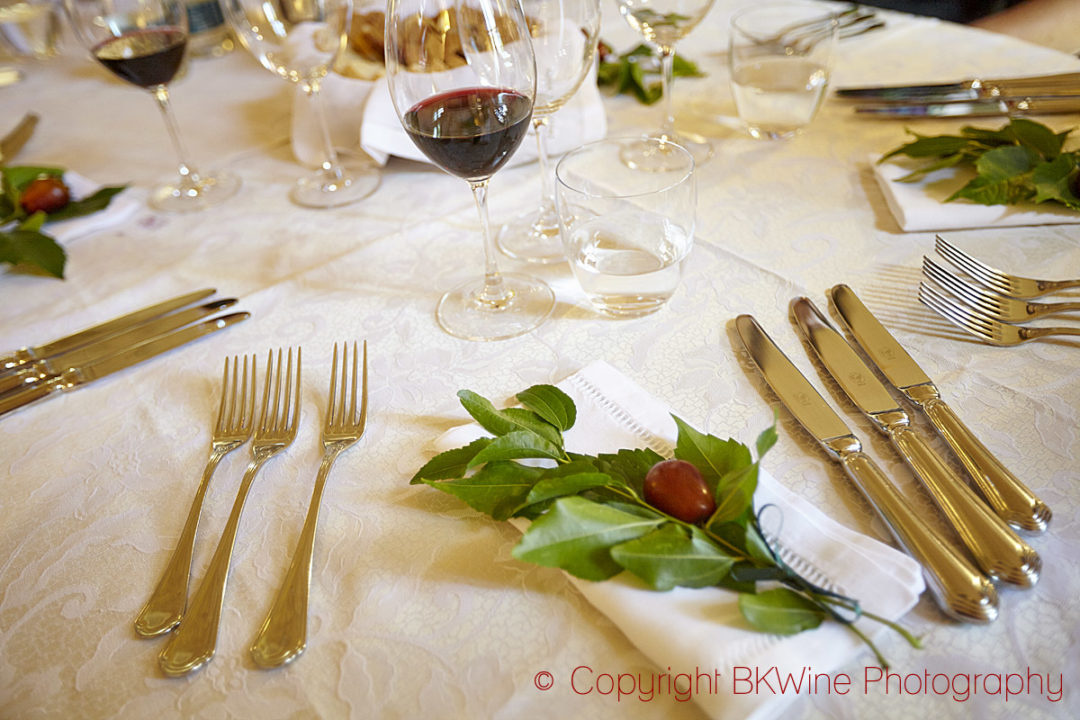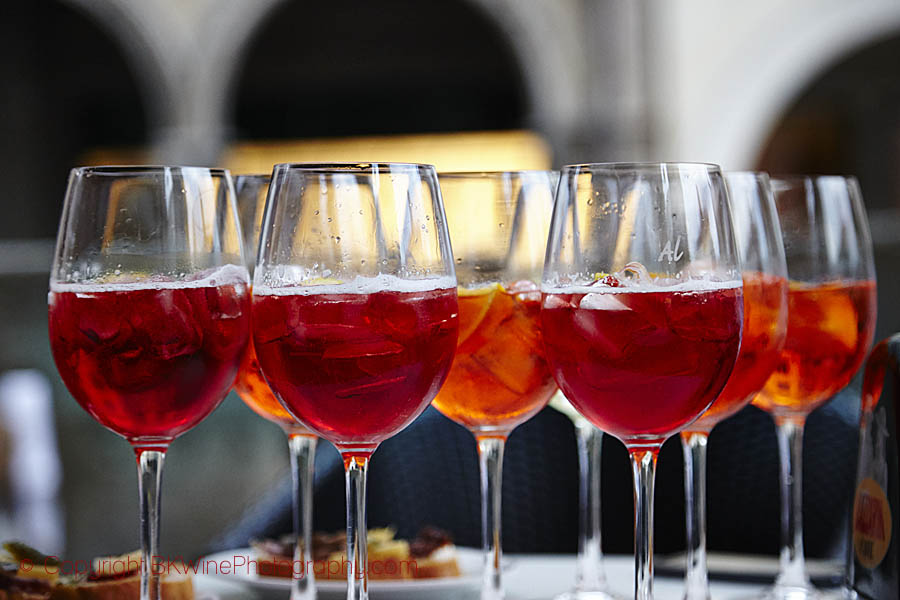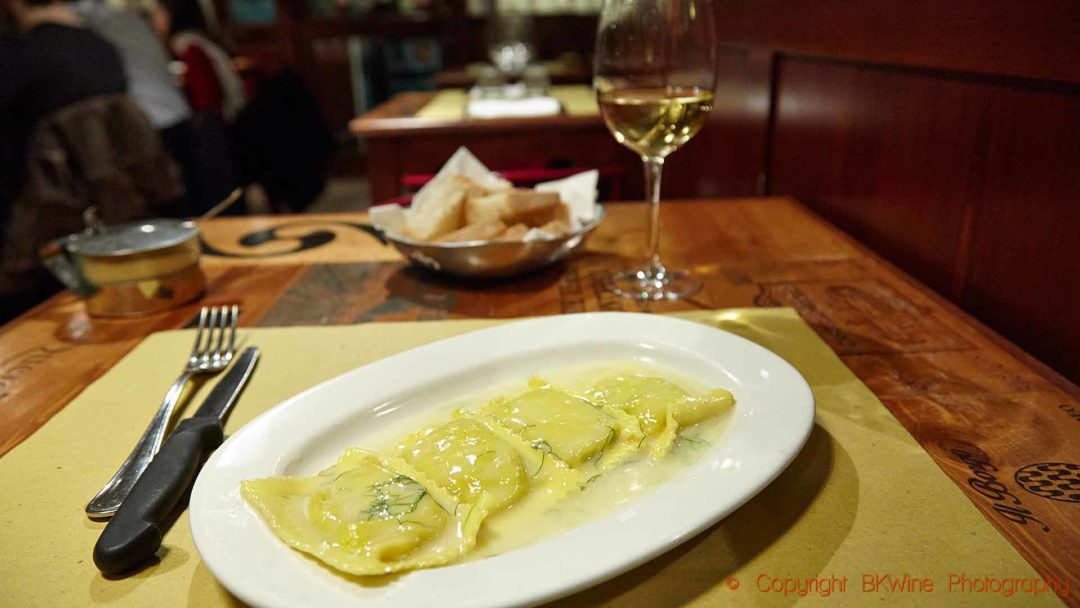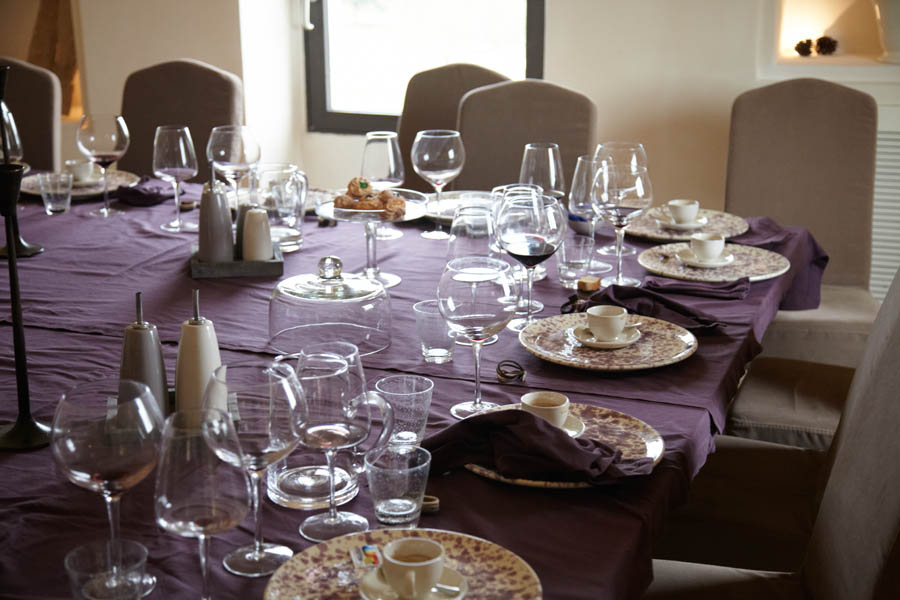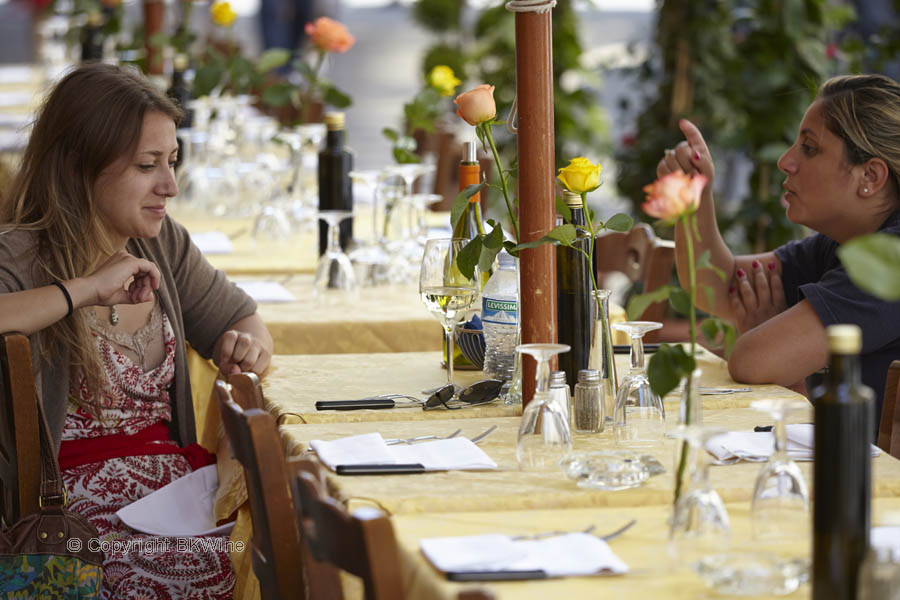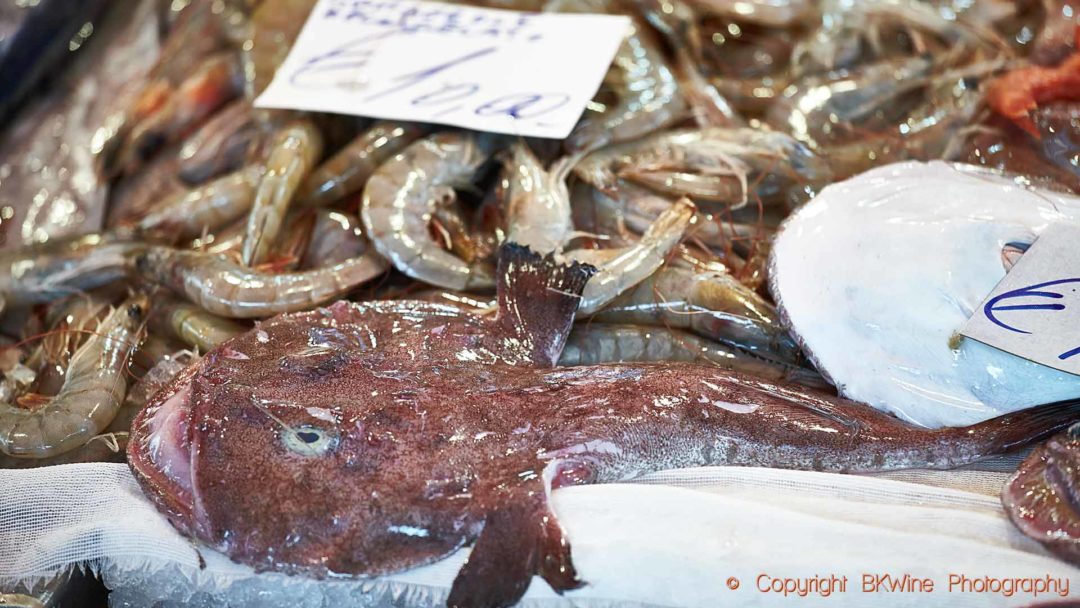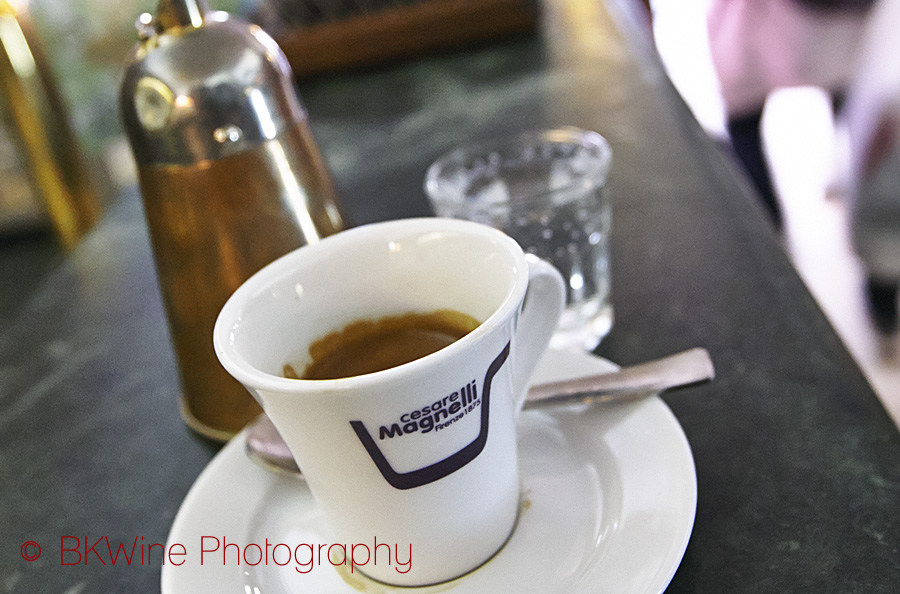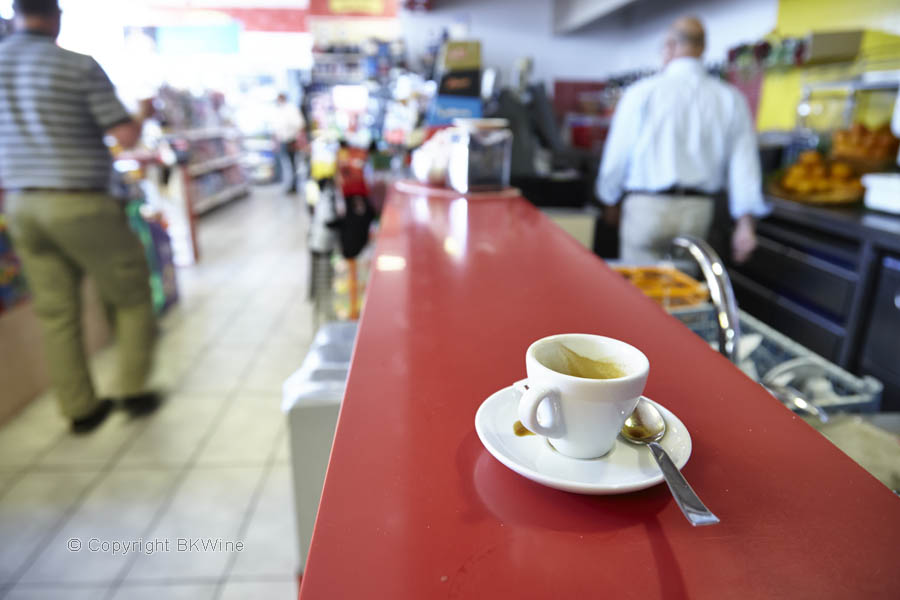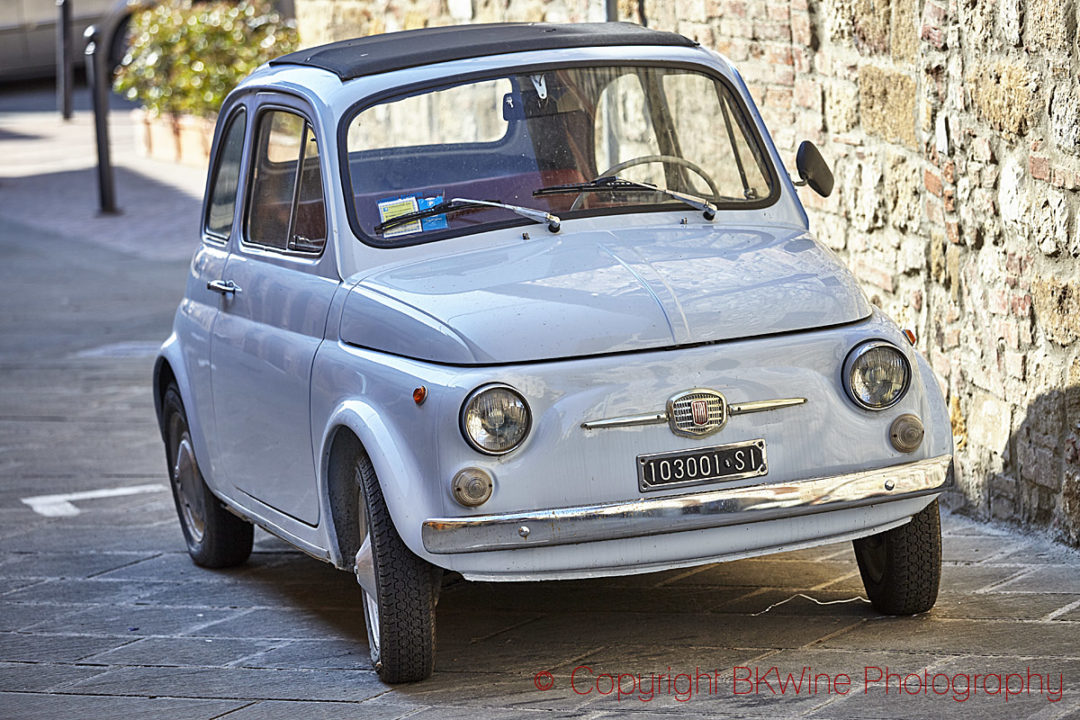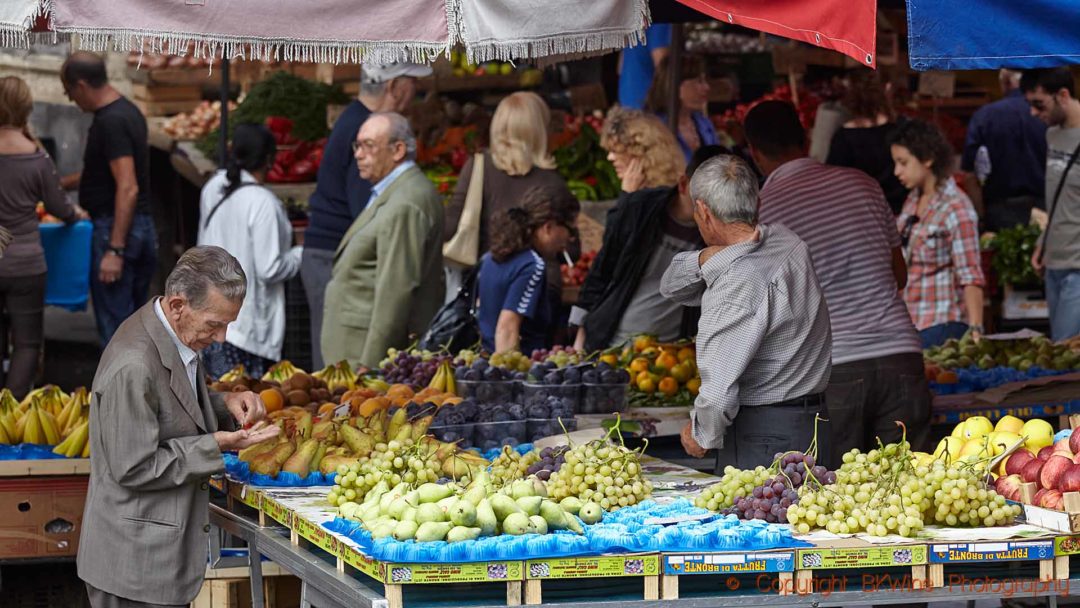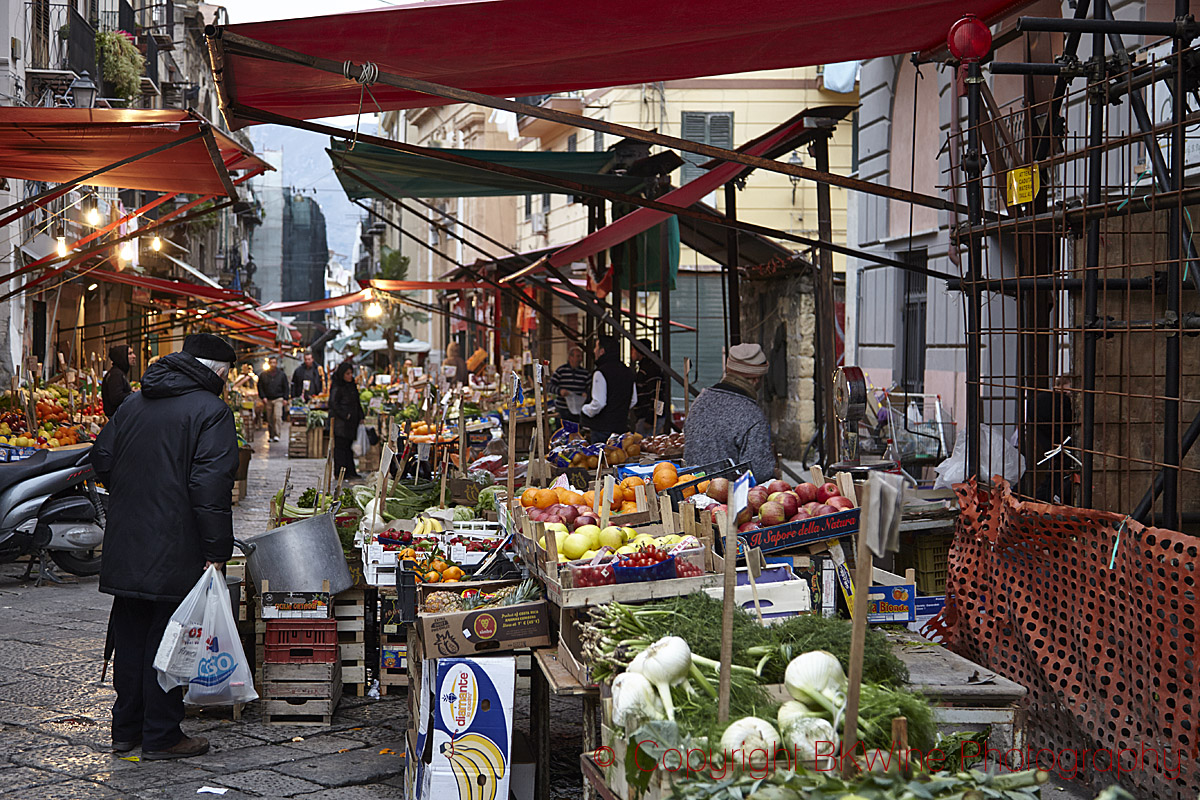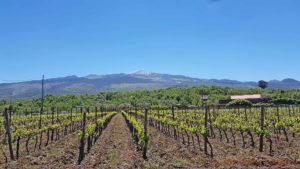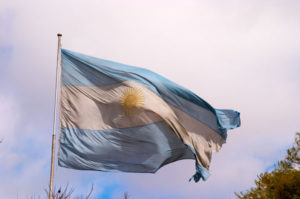Handy hints on tipping, shopping hours, restaurant etiquette, taxis, transport and more
We wanted to give you some gentle guidance about how things work in Italy, so here are a few tips about Italian customs and traditions. What is considered the norm when tipping in Italy? How do you get a taxi? What should you do (or indeed, not do) in a restaurant or a café to get the best service? And so on.
Please bear in mind that there are always exceptions to the rule.
In this post you can read about:
- Tipping in Italy: restaurants, cafés, taxis, hotels
- Credit card use
- Restaurants and restaurant etiquette
- Restaurant opening hours
- Italian food
- Tap water
- Coffee in Italy
- Taxis and alternatives
- Shopping hours
- Food markets
Tipping in Italy
Tipping in Italy is entirely optional, but can be done if service is good.
Tipping in restaurants
You are not obliged to tip in restaurants in Italy. Tipping is always included in the prices on the menu. Nevertheless, it is not uncommon to tip, especially if service and/or food have been good. But you won’t be frowned upon if you don’t do it.
How much to tip depends of course on the total amount on the bill. You would normally tip no more than 10%, while avoiding ridiculously small amounts, of course.
Tipping in cafés and bars
It is very unusual to tip in a café or bar. It could be done if you are seated at a table, outside or inside, but if you have a coffee at the bar counter like most Italians, tipping is better avoided. It could even be perceived as an insult if you leave just a few copper coins on the counter.
Tipping in taxis
You typically don’t tip in a taxi, but of course you can if you want to. Rounding up to a convenient total makes sense if the service was good, of course. (NB: see taxi advice.)
Tipping in hotels
Typically in Italy only very luxurious hotels have porters. You can leave a few euros (as a function of the cost of the room of course), but you are not obliged to do so.
Credit cards
Almost all businesses take Visa and MasterCard although most prefer cash, especially for smaller sums. Italian law stipulates that paying with a credit card should always be an option if the sum exceeds 30 euros. If it is less, then the business can refuse a card payment.
Fewer merchants and restaurants take American Express, and it becoming increasingly more common, but travelling in Italy with only an AmEx card would be difficult.
The amount charged to your credit card is always exactly what it says on the bill. You cannot put tips on the card and you cannot ask for a higher amount to be charged your card in order to get cash back.
Restaurants and restaurant etiquette
By law, all restaurants have to display a menu outside so that you can see what they offer. It is either the full menu (in most instances) or a sample.
Except in the very simplest and cheapest restaurants, you should always wait to be seated by a waiter. Whatever you do, don’t simply walk in and sit down (even for outside seating) as this is considered presumptuous.
Many restaurants have very good value, fixed price menus in addition to the à la carte menu. The fixed price menu is called menu del giorno or menu degustazione, as opposed to à la carte.
A traditional Italian gourmet meal has four stages: 1) starter (antipasto), 2) first course (primo), which is often pasta/risotto/soup, 3) main course (secondo) with a side dish (contorno) such as potatoes or vegetables; you always have to order the side dish separately, otherwise you’ll get just the main ingredient (eg. a fish but no vegetables), 4) dessert (dolce). Coffee is served after dessert, not at the same time. And of course, you are not expected to eat all this, unless you want to.
For example, you can order just a secondo (taking only an antipasto would not be done), or two, three or four courses. You could also order a contorno (side dish) on its own, to go with (or come after) your starter. Overall, Italians tend to organize their meals pretty much any way they want (rather like the way they run their country). However, if you are invited to dinner, be prepared to work your way through all four courses.
Italians eat bread with their meals, usually with the main course. In many Italian restaurants abroad bread is served before the meal starts, along with some olive oil and balsamic vinegar in which to dip it, but this hardly ever happens in Italy. One of the rare occasions when olive oil is eaten on bread is in November, when tasting the new vintage of freshly-pressed virgin olive oil (called novello) . It is considered impolite to use the bread to mop up the last drop of sauce on your plate (a practice known as “scarpetta“), but sometimes it’s just so delicious that it’s impossible not to do so…
A bread basket will always be on the table, from the start of the meal until the main course is finished. The quality of the bread varies from place to place, not least because all Italian regions have their own type of bread. The better the restaurant, the better the bread (but Italians never put butter on bread, so don’t expect any butter on the table). There is no extra charge for the bread.
A carafe of water is never brought to your table: instead, diners order still mineral water (acqua naturale) or the sparkling version (acqua frizzante), and it often comes in rather small, individual bottles.
If you want coffee after the meal, you’ll get it after (not with) the dessert, and typically this would be a caffé (meaning an espresso); it would be considered odd to have a cappuccino or caffé latte after a meal.
You usually have to ask for the bill (il conto), and oddly, it is often the item that takes the longest time to arrive. However, it’s considered rude for the waiter to bring you the bill unless you’ve asked for it (unless he’s going off shift), so the onus is typically on you.
You cannot add tips on to the credit card charge if you pay with plastic, so if you want to tip, you’ll have to do it in cash. However, you can split a bill on several cards: just specify how you want it split, e.g. 50/50 or specific amounts on each card. Italians would never bother to do a detailed calculation of how to split the bill but instead do it alla romana, ie. they share it equelly without worrying about what each person has had.
It is considered good manners to say hello (buongiorno or buona sera ) when you arrive and goodbye (arrivederci) when you leave. In fact, when addressing anyone (in a restaurant, in the street or indeed in any public space), it’s considered polite to say buongiorno (or buona sera) first. Ciao is very informal and should only be used for people with you know very well.
Restaurant opening hours
Lunch hours are usually between 12.30 pm and 3 pm.
In the evening, restaurants usually open at 8 pm (sometimes 7.30 pm). In a pinch, you might find a restaurant with longer opening hours near a train station or in areas more popular with tourists.
Italian food
Food plays a very important role in Italy. You can still find many open-air markets where people shop for food, but even in supermarkets the food range and quality is often impressive.
In Italy, the basic ingredients play the leading role. Compared to some other food cultures (e.g. Scandinavian or American), the French add less spices and less salt to food, and marinating meat is unusual. This is because the ingredients themselves (for example the meat) are of good quality and it is their own flavours that should be emphasised rather than masked by excessive use of spice and salt.
This sometimes leads to foreigners thinking that Italian food lacks flavour. In fact, the food is cooked to bring out the delicate and delicious flavours of the ingredients. Adding (say) a spicy barbecue sauce would be considered wrong; the chef has created the food in the way he sees fit, and it’s not unusual for salt and pepper to be absent from the table in more upmarket restaurants.
The bill and the black market
There is (apparently) a curious law in Italy regarding restaurant and café bills, which stipulates that anyone who leaves a café/restaurant must have a bill or a receipt showing that he has paid. A tax inspector may wait outside the premises and ask to see the receipt, and if you don’t have one, you’re in trouble. Obviously, the idea is to fight the black market cash economy where no receipts exist. However, it would seem that this law is not enforced, given the number of receipts that end up on café floors.
Tap water
Tap water in Italy is perfectly safe to drink, although very few Italians actually drink it. In some places, the chloride levels are high and even if the water is safe to drink, it is not very palatable.
Coffee in Italy
Italians usually drink their coffee standing at the bar (except after a meal). There is no café culture that involves sitting down to chat over a cup of coffee: instead, a small, black coffee is gulped down at the bar and… that’s pretty much it.
In bars, there are often (only) a couple of tables where one can sit, and two different prices categories. At the bar, there is a fixed price applicable to the whole country, but if you sit down, it is the café owner who decides the price, and thus countless visitors have paid big money for a small espresso on famous piazzas in Venice, Rome or Florence.
If you want to drink your coffee standing at the bar, you pay the cashier first, then show your till receipt to the person making the coffee. If you sit at a table, you pay the waiter after enjoying your coffee, so it can be a good idea to check the price before sitting down.
So it is wise to check prices before sitting down. If you want to behave like a real Italian, you should rather be in the crowd near the counter pushing and bustling to get to the counter to order. Sometimes it’s so crowded that the only way is to raise the arm so that the man in the bar sees that there is some poor guy who has not had anything yet. As a foreigner, and especially if you like organised queues, this can be a critical moment. But most of us learn to get to the counter after a couple of times without coffee…
There are strict rules regarding the consumption of different types of coffee. Cappuccino and caffelatte are only in the morning. After 11 o’clock, it is simply forbidden. NEVER after a lunch or after a dinner. The milk causes the taste buds to go numb, thinks the traditional Italian. After enjoying a delicious lunch or dinner, you want the flavours to linger in your mouth, plus the cappuccino or caffelatte is seen as a dish all on its own (ie breakfast). So, not something to drink after or with dessert. It may even happen that the waiter refuses to accept your order if you go against the above rule.
After 11 AM it is all espresso in various shapes and forms. For example, you can “macchiare” – make spots on – an espresso for those who like a small dash of milk. For those who cannot be without a longer, not so strong coffee, the tip is to order a “caffé americano“. It is an espresso that is mixed with hot water in a larger coffee cup and is the coffee most similar to a “brewed” coffee.
Coffee Dictionary:
Espresso – a very tiny cup with 2.5 cl of coffee or less. What you get if you ask for un caffé. Will disappear in one or two sips.
Doppio espresso – you guessed, a double espresso, bigger cup (although it’s not really needed)
Cappuccino – an espresso plus 1/3 milk foam, 1/3 hot milk (about 70 degrees)
Caffè latte – espresso plus hot milk but no foam (about 70 degrees)
Ristretto – even smaller than an espresso, and therefore stronger. Italian stimulant.
Lungo – a little more water than an espresso, but not like an americano
Corretto – an espresso with a splash of brandy (grappa) in it
Macchiato – espresso with just a small dash of milk
Caffè con panna – coffee with whipped cream
Caffè freddo – coffee with ice and sugar
Caffè Americano – an espresso with hot water (the closest thing to Swedish/American/British brewed coffee)
Taxis and alternatives
You cannot hail a taxi on the street. Instead, you have to take one at a taxi stand or phone for one. In some cases there may be a surcharge (added to the initial fee shown on the meter) for two suitcases or more, or for travelling to/from train stations or airports, and sometimes there is a fixed price to travelling to/from an airport. Rest assured, this is simply how pricing is defined. The rules are usually posted on one of the back-seat car windows. The extra charge is usually added at the very end, on top of the meter charge for the distance and time.
Important: Most taxis still only take cash, and do not accept credit cards. If you want to pay with a card, make sure you say so when you call for the taxi or check before you climb in.
Currently, Uber exists in just a few cities in Italy: Milan, Rome and Turin.
Shopping hours
Shops usually open at 9.30 am or 10 am and close at 7pm or 7.30 pm. In smaller towns and in southern Italy there is often a lunch break between 1.30 pm and 4.30 pm. In bigger cities like Florence, Milan and Rome, shops tend to stay open during lunch.
Most shops are open six days a week, Monday to Saturday, and Saturday has the same hours as weekdays.
Sundays: Most shops are closed. In tourist areas, they may be open and some food and grocery shops are often open on Sunday mornings. But don’t count on doing any other shopping on Sundays, unless you go to a Sunday (morning) market.
Specialised food shops (butchers, fishmongers and so on) are often closed on Monday mornings or Wednesday afternoons. Some other shops close on Mondays too.
Food markets
Food markets are common in Italy. Larger cities may have several and in towns there is always at least one. The colourful sights and wonderful aromas of a traditional Italian food market are a wonderful experience, and well worth an hour or two of your time. Markets are usually open one or more days a week, in the morning; sometimes they are held outdoors on the town square, but there are covered markets too. Ask someone when and where the nearest market is, and enjoy an authentic Italian experience.
So now you’re fully briefed and ready to visit Italy. Why not come on wine tour with us at BKWine, and enjoy some of the world’s finest wine and food?
Travel to the world’s wine countries with the people who know wine and the local culture, with those who can give you the best experience. Travel with those who can take you to the best producers and the most beautiful spots. Where you get to taste the most exciting wines, personally meet the winemakers, and enjoy authentic local gastronomy.
Travel with BKWine Tours.
More country FAQs on France, Italy, Chile, Argentina…. here.

